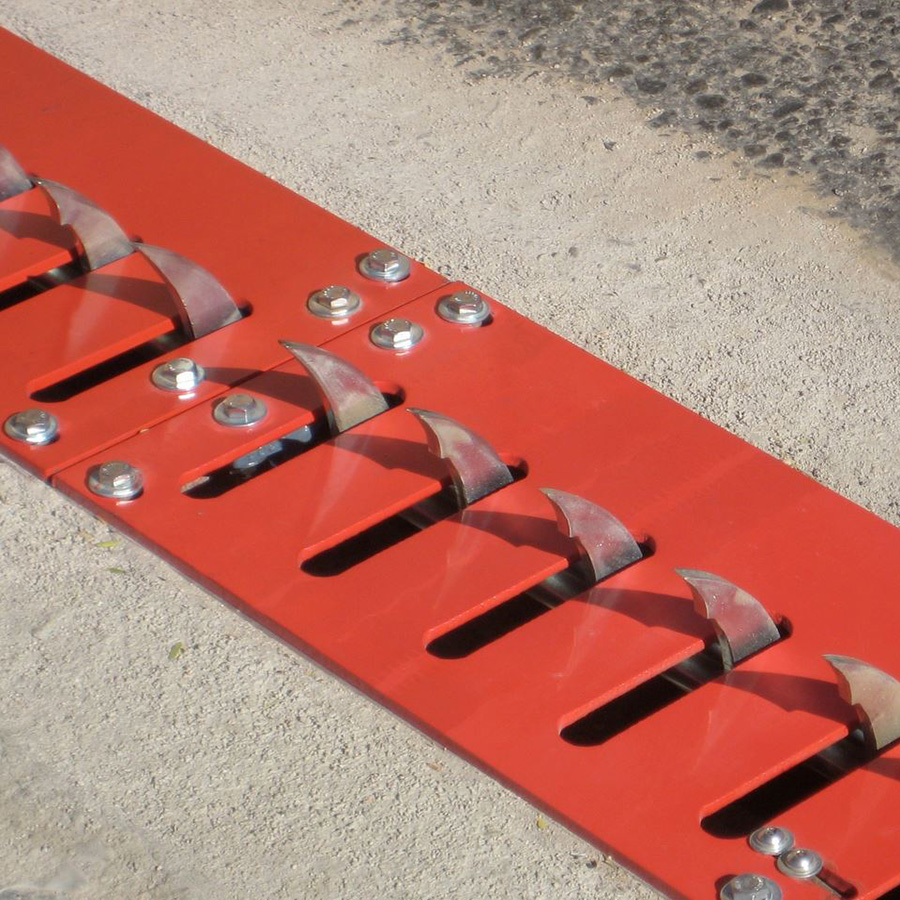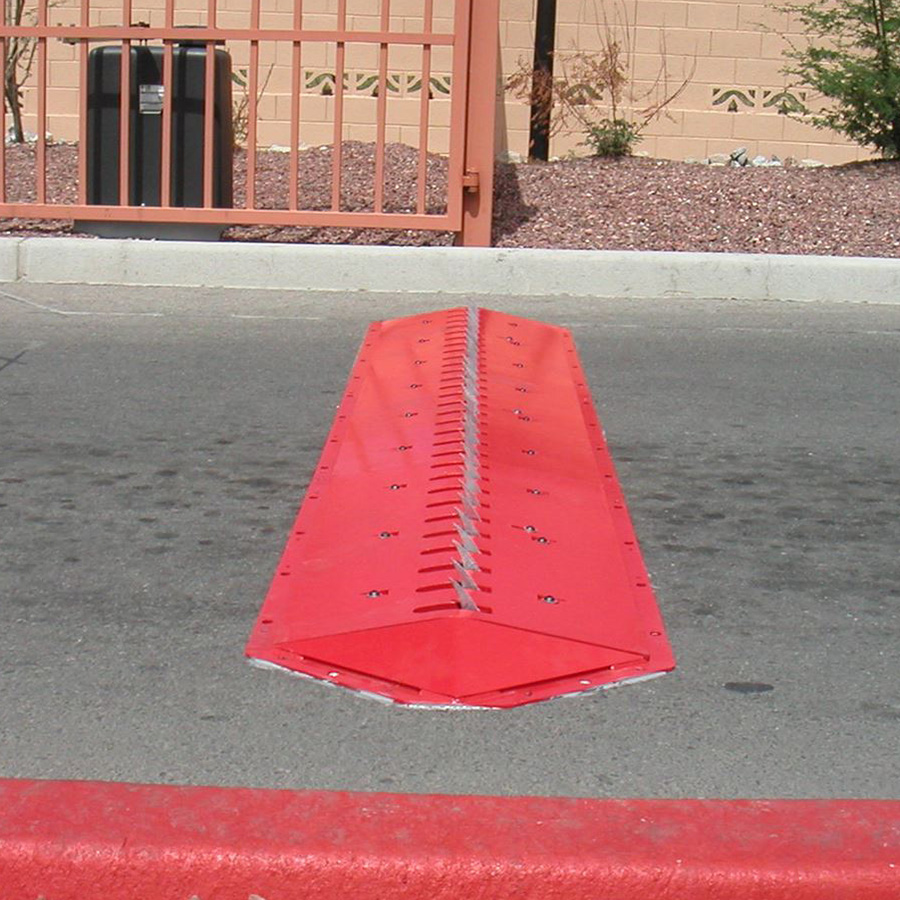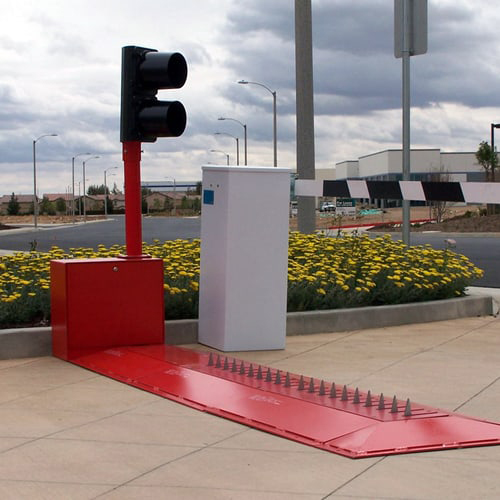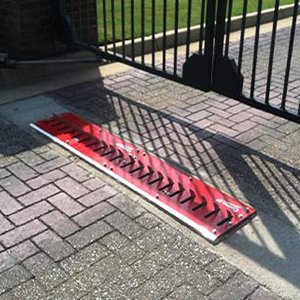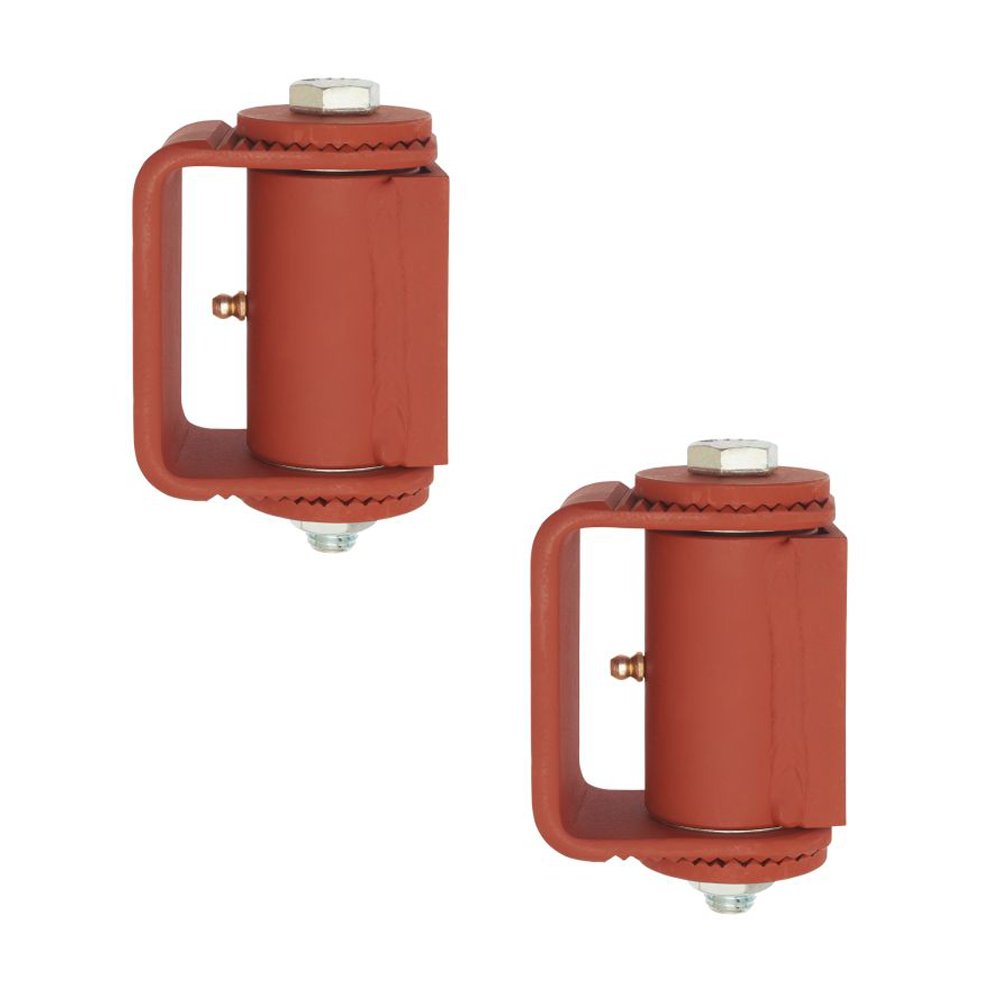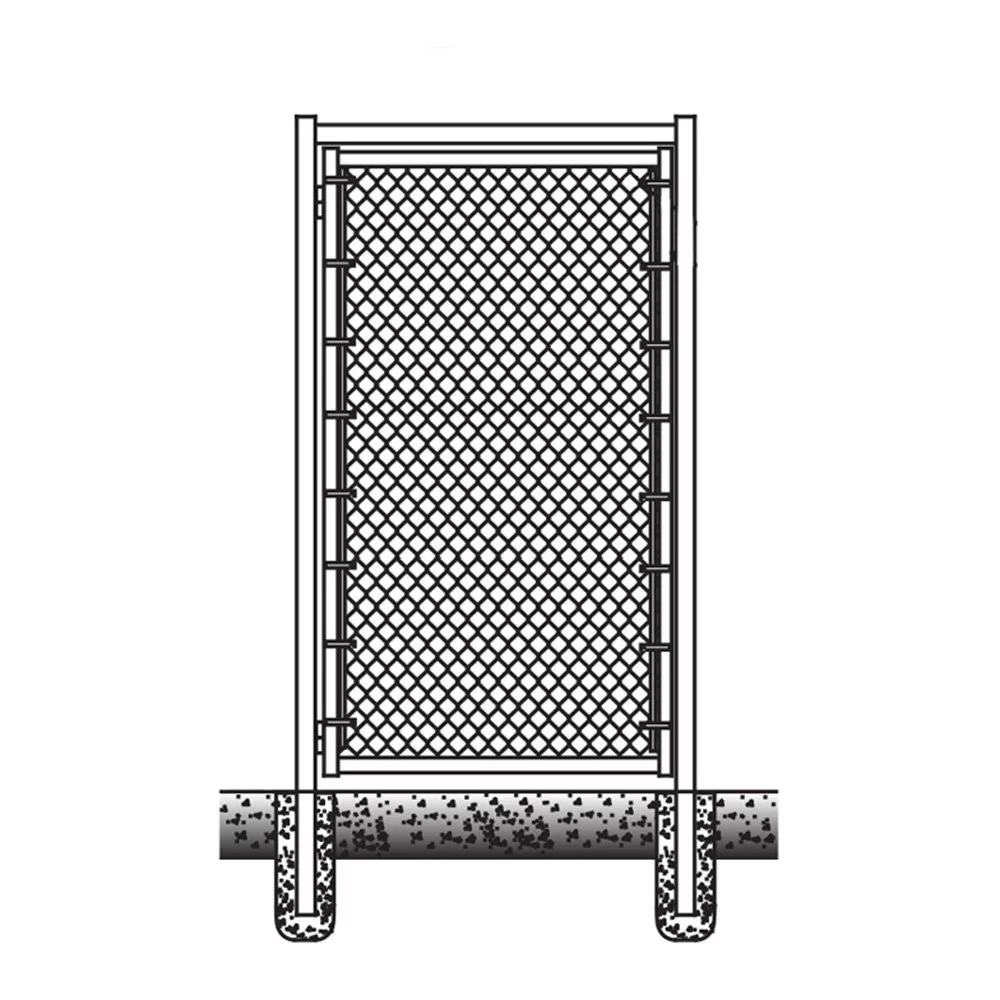Step-by-Step Guide: Installing a Spike System for Traffic Management
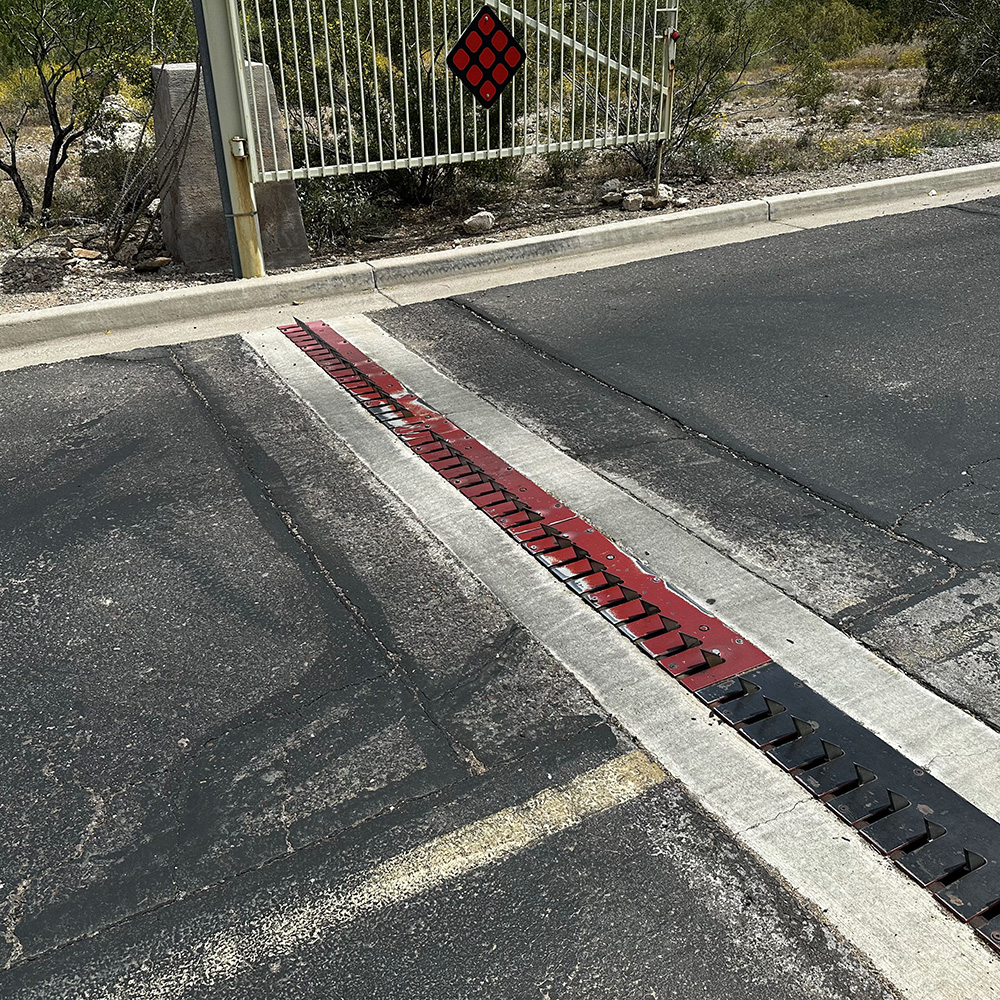
Installing a spike system for traffic management is a crucial step in controlling vehicle flow and ensuring safety in restricted areas. Proper installation and maintenance of a Directional Traffic Controller help prevent unauthorized access, reduce wear and tear, and enhance the longevity of the system. This guide provides step-by-step instructions on site selection, installation, and upkeep to ensure optimal performance. By following these guidelines, you can minimize risks such as tire damage, system failure, or improper placement that could lead to costly repairs. Whether you’re securing a parking lot, gated entrance, or private roadway, this guide will help you set up a reliable and efficient spike system for long-term use.
1. Understanding System Capacity
Before installation, confirm that the spike system meets the traffic demands of your location. Standard controllers are designed to handle up to 22,000 pounds per axle on low-pressure pneumatic tires at speeds of 5 mph or less. If the site experiences heavier traffic, opt for a heavy-duty unit, which can accommodate up to 36,000 pounds per axle. Exceeding these limits can cause premature wear and damage to the system.
2. Selecting the Proper Location
The spike system should be installed on a flat section of the driveway to prevent water from accumulating inside the unit, which could slow down the operation of the teeth. Adequate nighttime lighting is necessary to ensure visibility, along with clearly marked warning signs alerting drivers to the presence of the spikes and the potential for tire damage. Additionally, the unit should be placed in an area that minimizes pedestrian access to prevent accidents and ensure safety.
3. Ensuring Correct Alignment
The spike system must be positioned at a 90-degree angle to the direction of traffic. Vehicles approaching the spikes from an angle risk damaging their tire sidewalls, leading to safety concerns and potential liability. To prevent vehicles from making wide turns across the spikes, consider placing posts or barriers around the area. Ensuring correct alignment will help maintain the integrity of both the system and the vehicles using the roadway.
4. Avoiding Risk of Reverse Crossing
The unit should not be installed in a location where vehicles might accidentally reverse over it. This is especially important in areas like parking lot exits, where drivers might back up due to congestion or hesitation. Additionally, ensure the unit is installed far enough from busy intersections so that vehicles waiting to merge into traffic do not have to back over the spikes if they are forced to retreat. To prevent excessive wear, speed bumps and clear signage should be installed to limit vehicle speed to 5 mph when approaching the spikes.
5. Securing the Installation
After installation, it is important to securely bolt down the top plates to prevent movement over time. Loose plates can lead to warping, misalignment of the teeth, and stripped screws, all of which can compromise the system’s effectiveness. Regularly check that all bolts remain tightly fastened to avoid future complications.
Frequently Asked Questions About Spike Systems
What Is a Spike System and How Does It Work?
A spike system, also known as a directional traffic controller, is designed to allow traffic flow in one direction while preventing unauthorized movement in the opposite direction. It consists of retractable metal spikes that rise when a vehicle attempts to move against the designated direction. When approached correctly, the spikes lay flat, allowing safe passage. These systems are commonly used in parking lots, private roads, and secured facilities to control vehicle access. Proper installation and maintenance are essential to ensure reliable operation and prevent accidental damage.
Where Should a Spike System Be Installed?
A spike system should be installed on a flat surface to prevent drainage issues that could slow down the mechanism. It should be placed in areas where vehicle speeds are controlled, ideally at 5 mph or less, to minimize wear and tear. The system must be positioned at a 90-degree angle to traffic flow to prevent tire damage from improper crossings. Additionally, it should be located far enough from busy intersections to ensure vehicles do not have to back over the spikes due to traffic congestion. Proper signage and lighting should also be installed to alert drivers to its presence.
Can Pedestrians Cross Over a Spike System?
No, pedestrian traffic should be restricted from areas where a spike system is installed. The metal spikes pose a significant safety hazard to anyone walking across them, even when retracted. If pedestrians must cross near the system, alternative pathways or protective barriers should be put in place. Proper warning signs should also be installed to prevent accidental foot traffic. Ensuring that only vehicles pass over the system helps maintain both safety and functionality.
What Maintenance Does a Spike System Require?
Regular maintenance is necessary to keep the spike system functioning properly and to extend its lifespan. Inspections should be conducted to remove debris, such as dirt or leaves, that may block the movement of the spikes. The drainage channel should be kept clear to prevent water buildup that can cause rust or mechanical issues. Additionally, applying a light coating of waterproof grease to the springs helps maintain smooth operation. Checking and tightening bolts and screws periodically also prevents misalignment and excessive wear.
What Happens If a Vehicle Crosses the Spikes Incorrectly?
If a vehicle crosses the spikes in the wrong direction or at an angle, it can result in tire sidewall damage or punctures. Vehicles must always approach the system as intended, at a controlled speed and perpendicular to the spikes. Installing barriers or guide posts can help prevent wide turns that might lead to accidental tire damage. If frequent misuse occurs, additional warning signs and speed control measures such as speed bumps should be considered. Proper driver awareness and system placement are key to preventing damage and ensuring smooth traffic control.
Contact Us
Looking for your next best Traffic Spike Solution? Tiger Teeth Store has you covered, offering a wide array of Traffic Spike, Barrier Gate, Bollard, Hinge, and Accessory options for you to choose from! Got more questions on installing your Traffic Spiked the right way? Contact one of our expert sales team members who is ready to answer even the most complex questions. Don't hesitate, Reach Out today!
Contact Us Shop Traffic Spikes
